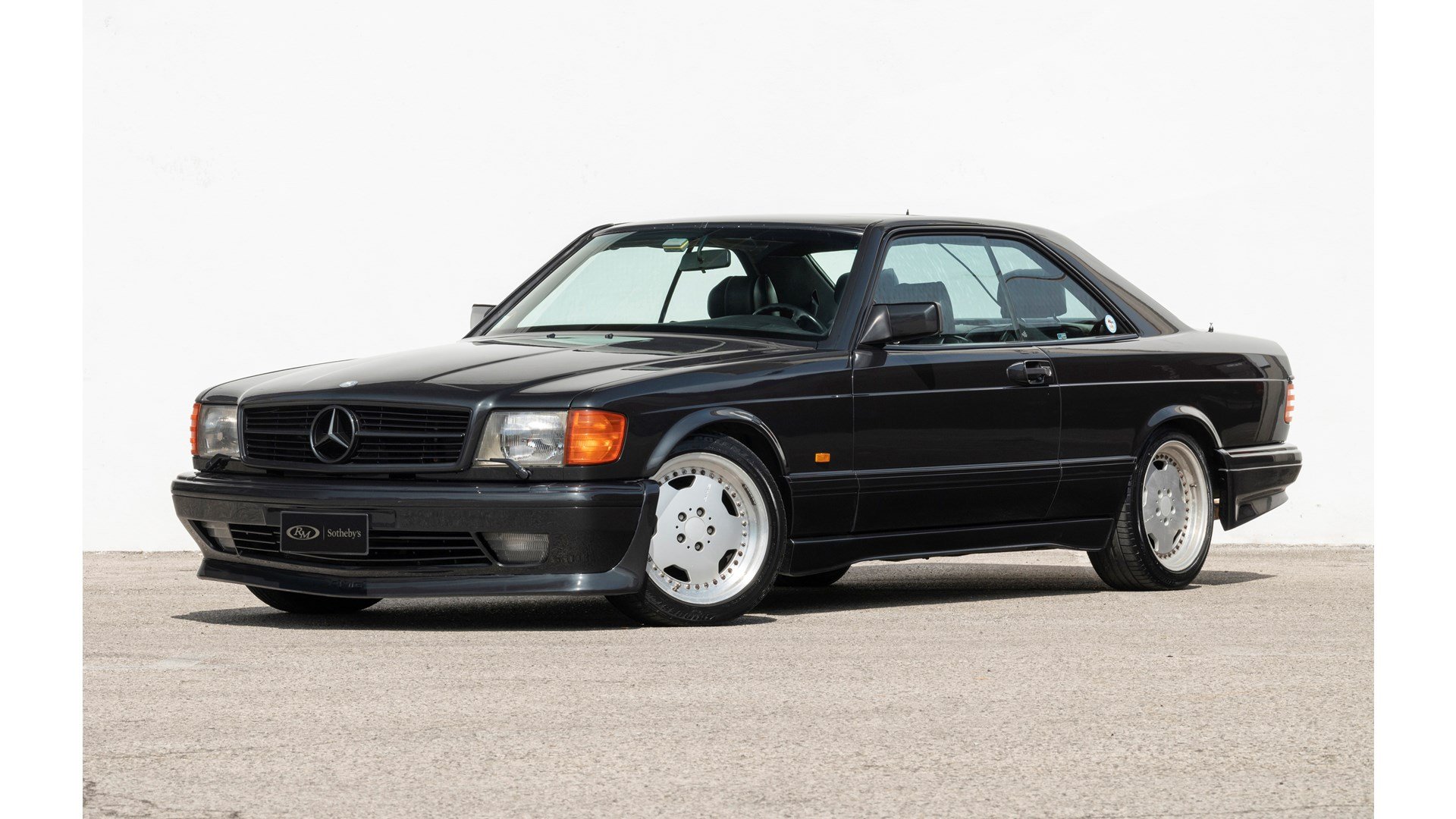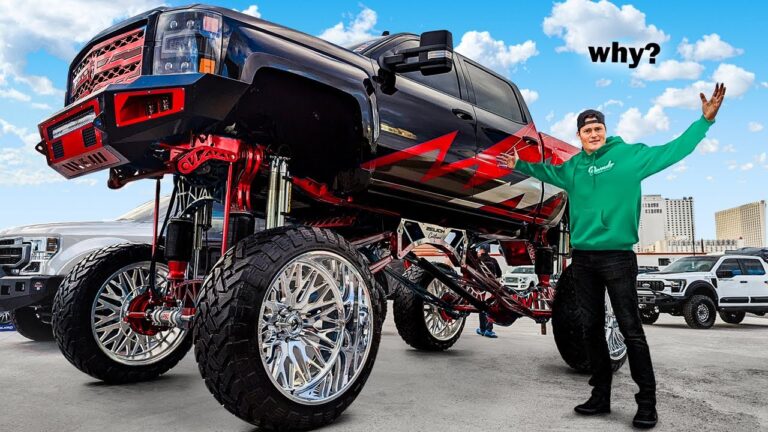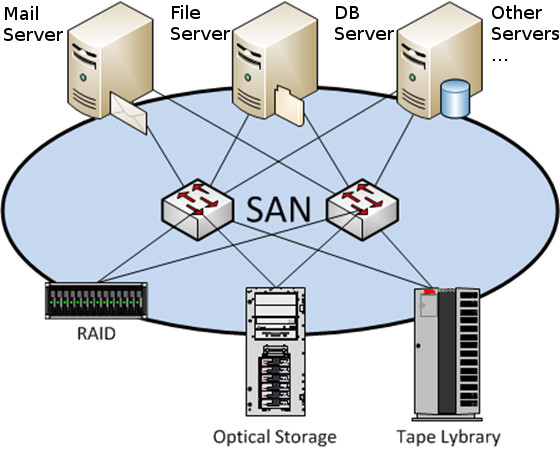1990’s Chevy Trucks For Sale: Your Comprehensive Guide to Finding and Owning a Classic Workhorse
1990’s Chevy Trucks For Sale: Your Comprehensive Guide to Finding and Owning a Classic Workhorse cars.truckstrend.com
In an era defined by evolving technology and fleeting trends, some things simply get better with age. Among them, the iconic Chevy trucks of the 1990s stand out as enduring symbols of American automotive craftsmanship, utility, and timeless style. From rugged workhorses to custom showpieces, these trucks, primarily built on the legendary GMT400 platform, are more than just vehicles; they’re a piece of history, a canvas for customization, and a remarkably practical choice for many modern drivers.
This comprehensive guide is designed for anyone looking to navigate the exciting world of 1990s Chevy trucks for sale. Whether you’re a first-time classic truck buyer, a seasoned enthusiast, or simply curious about the appeal of these beloved machines, we’ll delve into what makes them so special, how to find the right one, what to look for, and what to expect once you own one.
1990’s Chevy Trucks For Sale: Your Comprehensive Guide to Finding and Owning a Classic Workhorse
The Enduring Appeal of the GMT400 Generation
The 1990s Chevy trucks largely encompass the GMT400 platform, which was introduced in 1988 and ran through 1998 (though some heavy-duty models continued until 2000). This generation marked a significant departure from the boxier "square body" trucks that preceded it, introducing a more aerodynamic, yet still unmistakably muscular, design.
What makes these trucks so popular today?
- Iconic Styling: The clean lines, distinct front fascia, and purposeful stance have cemented their place as design classics. They strike a perfect balance between modern curves and traditional truck ruggedness.
- Robust Mechanics: Simpler electronics compared to modern vehicles, combined with durable engines and transmissions, mean these trucks are often easier and more affordable to maintain and repair. Many original components are still readily available.
- Versatility: From basic work trucks (C/K 1500) to heavy-duty haulers (C/K 2500/3500) and family-friendly SUVs (Suburban, Tahoe), the GMT400 platform offered a wide range of configurations to suit nearly any need.
- Customization Potential: Their straightforward design and widespread popularity make them a dream for modifiers. Lifts, lowering kits, engine swaps, custom paint, and interior upgrades are all common and well-supported by the aftermarket.
- Nostalgia: For many, these trucks evoke a sense of simpler times, representing the vehicles they grew up with or aspired to own.

What to Look For: Key Models and Configurations
When searching for 1990s Chevy trucks, you’ll encounter a variety of options. Understanding these configurations will help you narrow down your search:
Models:

- C/K 1500: The half-ton, light-duty workhorse. Most common, versatile, and popular for daily driving or light hauling. "C" denotes 2-wheel drive, "K" denotes 4-wheel drive.
- C/K 2500/3500: The three-quarter and one-ton heavy-duty trucks. Built for serious towing and hauling, often featuring stronger frames, larger brakes, and more robust suspension components.
- Suburban (1992-1999): The full-size SUV based on the GMT400 platform, offering seating for up to nine and immense cargo space.
- Tahoe (1995-1999): The shorter, two-door or four-door SUV version of the GMT400, offering a more maneuverable alternative to the Suburban.

Engine Options:
- 4.3L V6 (Vortec): Standard in many base models. Adequate for light duty, surprisingly durable.
- 5.0L V8 (305 TBI/Vortec): A common step up, offering more power than the V6.
- 5.7L V8 (350 TBI/Vortec): The undisputed king of GMT400 engines. Found in the vast majority of these trucks, it’s known for its reliability, ample torque, and ease of maintenance. The TBI (Throttle Body Injection) versions (up to ’95) are simpler, while the Vortec (from ’96) offers more power and efficiency.
- 7.4L V8 (454 TBI/Vortec): The big block option, primarily in 2500/3500 trucks. Excellent for heavy towing, but thirsty.
- 6.5L Turbo Diesel V8: Offered in heavy-duty models. Known for good fuel economy (for its size) and torque, but some years and configurations had reliability issues, particularly with the PMD (Pump Mounted Driver).
Transmission Options:
- Manual: Less common, but desirable for some enthusiasts. Look for the NV3500 (light duty) or the robust NV4500 (heavy duty).
- Automatic:
- 4L60E: Found in 1500 series trucks. Generally reliable but can wear out, especially if subjected to heavy loads without proper cooling.
- 4L80E: The heavy-duty automatic, common in 2500/3500 trucks and desirable for its strength and durability.
Cab Styles:
- Regular Cab: Two doors, single bench or bucket seats. The classic truck look.
- Extended Cab: Two full doors and two smaller "suicide" doors (starting in ’96) for rear access. Offers a small rear seating area.
- Crew Cab: Four full doors, providing comfortable seating for up to six. Less common in the early 90s, becoming more prevalent towards the end of the decade.
The Buying Process: Where and How to Find Them
Finding the right 1990s Chevy truck requires patience and a strategic approach:
-
Online Marketplaces:
- Craigslist & Facebook Marketplace: Excellent for local private sellers. Be prepared to sift through many listings, but good deals can be found. Use specific search terms like "Chevy C1500," "K1500," "GMT400," or "454 pickup."
- eBay Motors: Good for a wider geographical search, often featuring more detailed listings and sometimes higher-end examples.
- AutoTrader Classics & Hemmings: Specialized sites for classic and collector vehicles, often with higher prices but potentially better-maintained trucks.
-
Specialized Forums & Communities: Join online forums (e.g., GMT400.com, Fullsizechevy.com) and Facebook groups dedicated to 90s Chevy trucks. Enthusiasts often sell within their communities, and you can get valuable advice.
-
Local Dealerships & Private Sellers: Some smaller used car lots might have them, but often at a premium. Private sellers are usually the best source for value.
-
Auctions: Online (e.g., Bring a Trailer, Cars & Bids) and physical auctions can be a source, but require careful due diligence as "as-is" sales are common.
Tips for Searching:
- Be Specific: Know what model, engine, and cab style you prefer before you start.
- Set Alerts: Many platforms allow you to set up email or app notifications for new listings matching your criteria.
- Patience is Key: The perfect truck might not appear overnight. Don’t rush into a purchase.
- Widen Your Net: Consider traveling a reasonable distance for a well-preserved example.
Crucial Pre-Purchase Inspection Points
Before handing over your hard-earned cash, a thorough inspection is paramount. Don’t just kick the tires; get underneath and look closely.
-
Rust: The biggest enemy of these trucks.
- Frame: Inspect thoroughly for cracks, excessive surface rust, or rot, especially near suspension mounting points.
- Cab Corners & Rocker Panels: Common rust spots due to water and debris accumulation.
- Wheel Wells & Fenders: Check inner and outer surfaces.
- Bed: Look under the bed liner if present, and inspect the bed floor and crossmembers.
- Brake Lines & Fuel Lines: These can rust through, creating dangerous situations.
-
Engine:
- Leaks: Oil, coolant, power steering fluid.
- Sounds: Any knocking, ticking, or excessive lifter noise.
- Smoke: Blue (oil), white (coolant), or black (rich fuel mixture) from the exhaust.
- Maintenance: Ask for records. Check oil and coolant condition.
-
Transmission:
- Fluid: Check level and color (should be reddish, not dark brown or black). Smell for burnt odor.
- Shifting: Test all gears, including reverse. Shifts should be smooth, not harsh or delayed.
- 4×4 (if applicable): Engage 4-high and 4-low to ensure the transfer case works correctly.
-
Suspension & Steering:
- Worn Components: Look for torn boots on ball joints, tie rods, and steering box leaks.
- Play: Excessive play in the steering wheel indicates worn components.
- Shocks/Springs: Check for leaks or sagging.
-
Brakes:
- Pedal Feel: Should be firm, not spongy.
- Pads/Rotors: Check wear.
- Brake Lines: Inspect for rust or leaks.
-
Electrical: Test all lights, wipers, power windows/locks, radio, and HVAC system. Check all gauges for functionality.
-
Interior: Look for excessive wear on seats, dashboard cracks (common), and headliner condition.
-
Documentation: Verify the title is clean and matches the VIN. Ask for any service records.
Pro Tip: If you’re serious about a truck, invest in a pre-purchase inspection by a trusted mechanic who is familiar with older vehicles. This can save you thousands in unexpected repairs.
Understanding the Value: Pricing and Condition Factors
The price of a 1990s Chevy truck can vary wildly based on several factors:
- Condition: This is the primary driver of value. A fully restored show truck will command a premium over a rusty project.
- Mileage: Lower mileage generally means higher value, though proper maintenance is more important than just the number on the odometer.
- Trim Level: Base "Work Truck" (WT) or Cheyenne models will be less expensive than Silverado or Z71 trims.
- Engine/Transmission: The 5.7L V8 is highly desirable. A 454 or a well-maintained diesel can also add value. Manual transmissions often fetch more.
- 2WD vs. 4WD: 4×4 (K series) trucks are generally more expensive due to their versatility and higher demand.
- Cab Style: Crew Cabs are often the most sought-after, followed by Extended Cabs, then Regular Cabs.
- Location: Prices can differ regionally.
Estimated Price Ranges for 1990s Chevy Trucks (GMT400 Platform)
| Model/Trim (Example) | Year Range | Condition: Project/Rough | Condition: Good Driver | Condition: Excellent/Restored |
|---|---|---|---|---|
| C/K 1500 (2WD) | 1990-1998 | $1,500 – $4,000 | $4,000 – $10,000 | $10,000 – $25,000+ |
| K 1500 (4WD) | 1990-1998 | $2,000 – $5,000 | $5,000 – $15,000 | $15,000 – $35,000+ |
| C/K 2500/3500 | 1990-1998 | $2,000 – $6,000 | $6,000 – $18,000 | $18,000 – $40,000+ |
| Suburban (2WD/4WD) | 1992-1999 | $2,000 – $5,000 | $5,000 – $12,000 | $12,000 – $28,000+ |
| Tahoe (2D/4D, 2WD/4WD) | 1995-1999 | $2,500 – $6,000 | $6,000 – $15,000 | $15,000 – $30,000+ |
Note: These are general estimates and can fluctuate significantly based on specific features, modifications, and market demand.
Ownership and Maintenance Considerations
Owning a 90s Chevy truck is generally a rewarding experience, but be prepared for typical classic vehicle considerations:
- Parts Availability: Excellent. Most mechanical and body parts are readily available new (aftermarket or NOS) or used, and usually at reasonable prices.
- Common Issues:
- Rust: As mentioned, inspect and address it promptly.
- Fuel Pump: Located in the fuel tank, a common failure point.
- TBI Unit: Injectors can clog, or the unit can leak, leading to poor performance. Easily rebuildable.
- Transmission Wear: Especially on 4L60E if not serviced.
- Steering Components: Ball joints, tie rods, and idler/pitman arms are wear items.
- Dashboard Cracks: Extremely common due to sun exposure. Replacement covers or full dashes are available.
- Modifications: The GMT400 platform is a tuner’s dream. Lifts, lowering kits, wheel/tire upgrades, engine performance enhancements, and interior swaps are all popular and well-documented.
- Insurance: Consider classic car insurance if the truck isn’t your daily driver and meets specific criteria (e.g., limited mileage, garaged). It can be more affordable and offers agreed-value coverage.
Practical Advice and Actionable Insights
- Define Your Purpose: Are you looking for a daily driver, a weekend cruiser, a work truck, or a full-blown restoration project? Your purpose will dictate your budget and search criteria.
- Set a Realistic Budget: Don’t just budget for the purchase price. Factor in immediate repairs, deferred maintenance, potential upgrades, insurance, and registration.
- Research Thoroughly: Understand the common issues for the specific year and model you’re interested in.
- Don’t Be Afraid to Walk Away: If a truck feels wrong, or the seller isn’t transparent, move on. There are plenty of other 90s Chevy trucks out there.
- Join the Community: Connect with other GMT400 owners. Their collective knowledge is invaluable for troubleshooting, parts sourcing, and general camaraderie.
Frequently Asked Questions (FAQ)
Q: Are 90s Chevy trucks reliable?
A: Generally, yes. With proper maintenance, the 5.7L V8 (350) engines are known to be incredibly durable, often lasting well over 200,000 miles. Simpler electronics also contribute to fewer complex failures.
Q: What’s the best engine for a 90s Chevy truck?
A: For most users, the 5.7L (350) V8, particularly the later Vortec versions (1996-1998), offers the best balance of power, reliability, and fuel economy. The 7.4L (454) is great for heavy towing but less fuel-efficient.
Q: Are parts hard to find for these trucks?
A: No, parts availability is excellent. Many mechanical and body parts are still manufactured by aftermarket companies, and used parts are plentiful due to the high production numbers.
Q: Can I use a 90s Chevy truck as a daily driver?
A: Absolutely! Many people do. With a well-maintained example, they can be very dependable. Keep in mind they won’t have the same fuel economy or modern safety features as new vehicles.
Q: What’s the difference between "C" and "K" series trucks?
A: "C" denotes a 2-wheel drive (2WD) truck, while "K" denotes a 4-wheel drive (4WD) truck.
Q: Are they good for towing?
A: Yes, especially the 2500 and 3500 series trucks with the 5.7L or 7.4L V8 engines. They were designed for heavy-duty work and are still capable haulers today.
Q: What is the Z71 package?
A: The Z71 is an off-road package available on K (4WD) models. It typically included upgraded shocks, skid plates, larger wheels/tires, and specific badging. It’s a desirable option for off-road enthusiasts.
Conclusion
The allure of 1990s Chevy trucks for sale is undeniable. They represent a sweet spot in automotive history – a blend of classic design, robust engineering, and a surprising amount of modern utility. Whether you’re seeking a nostalgic trip down memory lane, a reliable workhorse, or a blank canvas for your next custom project, a GMT400 generation Chevy truck offers immense value and satisfaction.
By understanding the various models, knowing what to look for during an inspection, and approaching the buying process with patience and informed decision-making, you can find the perfect 90s Chevy truck to call your own. Owning one of these legends isn’t just about driving; it’s about being part of a community, appreciating enduring quality, and enjoying a vehicle that truly stands the test of time.





